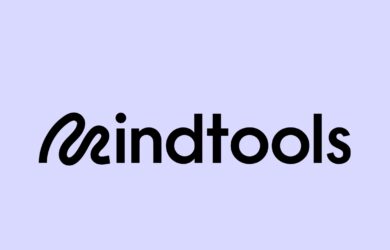 Very few of us would admit it, but we are all biased. Research shows that all of us are naturally drawn toward people like ourselves and are more loyal to them, which inevitably makes us biased in their favor.
Very few of us would admit it, but we are all biased. Research shows that all of us are naturally drawn toward people like ourselves and are more loyal to them, which inevitably makes us biased in their favor.
This kind of in-group versus out-group dynamic is not just based on how we look. According to lawyer and author Natalie Holder-Winfield (pictured), it can happen whenever people with a particular characteristic are in the majority, forming an in-group. Someone in the out-group, without the in-group characteristic, may be treated differently and will naturally feel excluded.
As examples, the in-group may consist of people who all went to private school, all come from the same town, or all have children. And yes, in-groups may also form when people have the same ethnic background, sexual orientation, or gender.
In our Expert Interview podcast, Holder-Winfield explains how this dynamic translates into bias.
“When individuals share more characteristics with us, they’re in our in-group and therefore we are much more capable of identifying with them and understanding how to relate to them,” she says.
“However, when a person [seems] different, when they’re not a part of our familiar environment, that’s when we’re not exactly sure how to negotiate our space around them. We’re not sure how to communicate with them. We’re not sure how to even treat them at times, and it’s something that can be very blatant and also very subtle.”
She focuses on the subtle type of bias in her new book, “Exclusion: Strategies for Improving Diversity in Recruitment, Retention and Promotion.” In it, she provides a list of 10 “micro-inequities” – subtle forms of discrimination that a lot of people in out-groups experience.
“When I was practicing labor employment law, I found that many of the cases were no longer a matter of people being called epithets in the workplace… or even being told that their race, gender, national origin, religion, or sexual orientation were the reasons why they were not being included in groups, why they weren’t getting promotions, and why they weren’t a part of the more favored group in the workplace,” she explains.
“Instead, people were finding that someone who they’d trained for a particular job was now being promoted instead of them, that other people were being fast tracked for greater opportunities in their work environment, that different people were being tapped for leadership.”
These are the kinds of micro-inequities she explores in her book. She presents examples of each of the 10 she has identified, along with ways to eliminate them. Her tips are for managers who may be applying micro-inequities without realizing it, as well as for employees who may be feeling the bias.
One of the micro-inequities she features is insensitivity, and I put it to Holder-Winfield that, here, people may draw the line in many different places. An insensitive joke might upset one person from an out-group, while it might amuse another. And a third out-group member might let it slip away like water off a duck’s back.
How can someone know when they’re being over sensitive? As Holder-Winfield outlines in this audio clip from our interview, it helps to get some objective advice on the matter.
Other micro-inequities covered in the book include perceived underperformance, no access to informal mentoring, and bullying.
Holder-Winfield includes the views of a wide range of people, including the governor of Connecticut, an equal employment opportunity commissioner, television personalities, academics, and business leaders. They all offer ways to eliminate these bias-related behaviors, which hold people back and lead to underperformance at an organizational level as well as an individual one.
Have you ever felt excluded in the workplace? What did you do about it? Join the discussion below!




